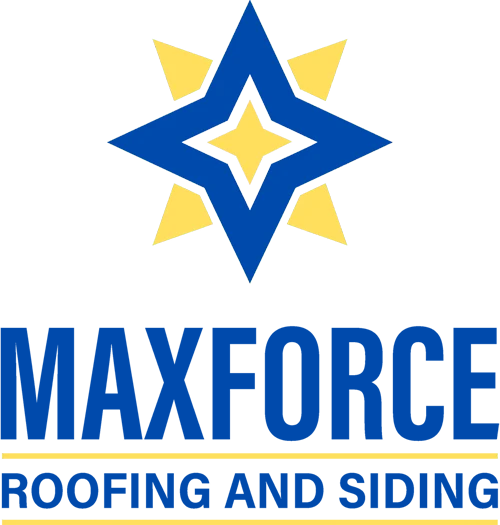
Understanding the Risks of Heat Damage to Asphalt Shingles
Asphalt shingles are a popular roofing material, prized for their durability and aesthetic appeal. However, they are not immune to the effects of extreme heat. In this comprehensive guide, we’ll explore the various aspects of heat damage to asphalt shingles, helping homeowners like you understand the risks and solutions.
Identifying Heat Damage in Asphalt Shingles
Signs of Heat-Induced Wear
Heat damage in asphalt shingles manifests in several ways. Prolonged exposure to high temperatures can cause shingles to expand and contract, leading to:
Granule Loss: Granules in the gutters indicate shingle deterioration.
Cracking: Small, hairline cracks may develop, particularly on the underside of shingles.
Curling and Warping: Edges of shingles may curl or warp over time, more so on sides facing direct sunlight.
Impact of Fire Exposure
Fire exposure, even from a distance, can severely compromise asphalt shingles. Signs of fire damage include:
Melted or Runny Asphalt: Indicative of direct heat exposure.
Distorted Shingle Coating: Altered appearance due to intense heat.
Blistering: Caused by heat or embers.
Singed Shingles: Evidence of direct flame contact.
Mitigating Heat Damage
Advanced Shingle Technology
Modern shingles are designed to resist UV rays and heat damage. Companies like MaxForce Roofing and Siding LLC in Columbus, OH, utilize advanced materials that slow down the deterioration process.
Effective Attic Ventilation
Proper attic ventilation plays a crucial role in protecting shingles from heat damage. It involves:
Hot Air Expulsion: Ridge vents should expel hot air effectively.
Cool Air Intake: Eaves should facilitate the intake of cool air.
Unblocked Soffit Vents: Ensuring soffit vents are open year-round to prevent heat buildup.
Regular Roof Inspections
Professional roof inspections can identify early signs of heat damage and recommend appropriate measures.
Dealing with Fire-Related Damage
Safety First
Never climb a roof that has been exposed to fire. Professional roofers are equipped to safely assess fire damage.
Professional Assessment
After a fire, even if it didn’t directly affect your home, a professional inspection is crucial to identify any underlying damage.
Follow-Up Inspections
A secondary inspection after a few weeks is recommended to check for any deterioration that might have occurred post-fire.
Conclusion
Understanding and addressing heat damage in asphalt shingles is vital for maintaining the integrity of your roof. Regular inspections, advanced shingle technology, and proper attic ventilation are key to protecting your home from the adverse effects of heat and fire exposure. For homeowners seeking expert advice and services, companies like MaxForce Roofing and Siding LLC offer professional solutions tailored to your roofing needs.

